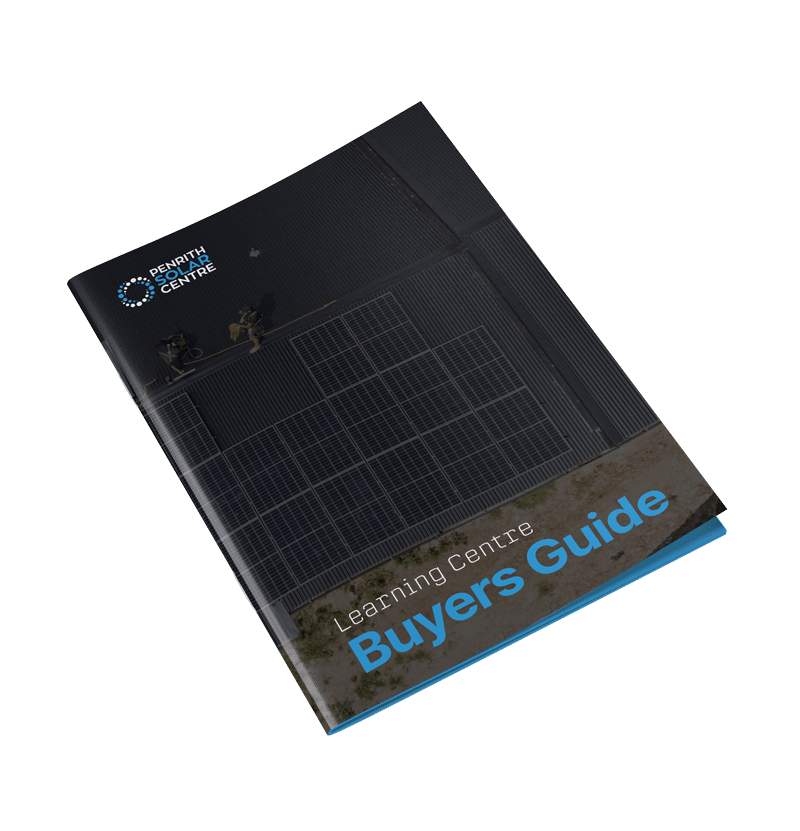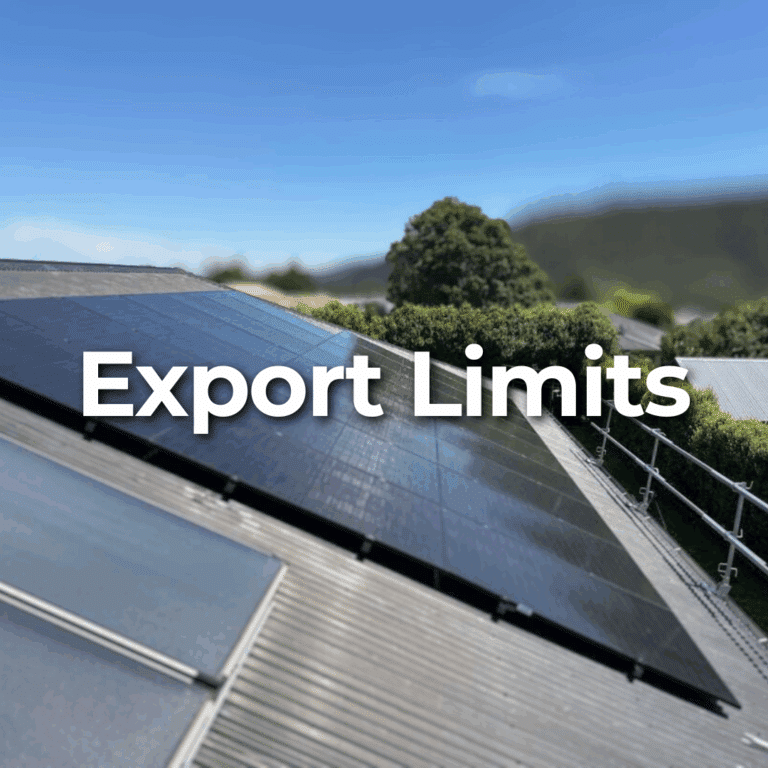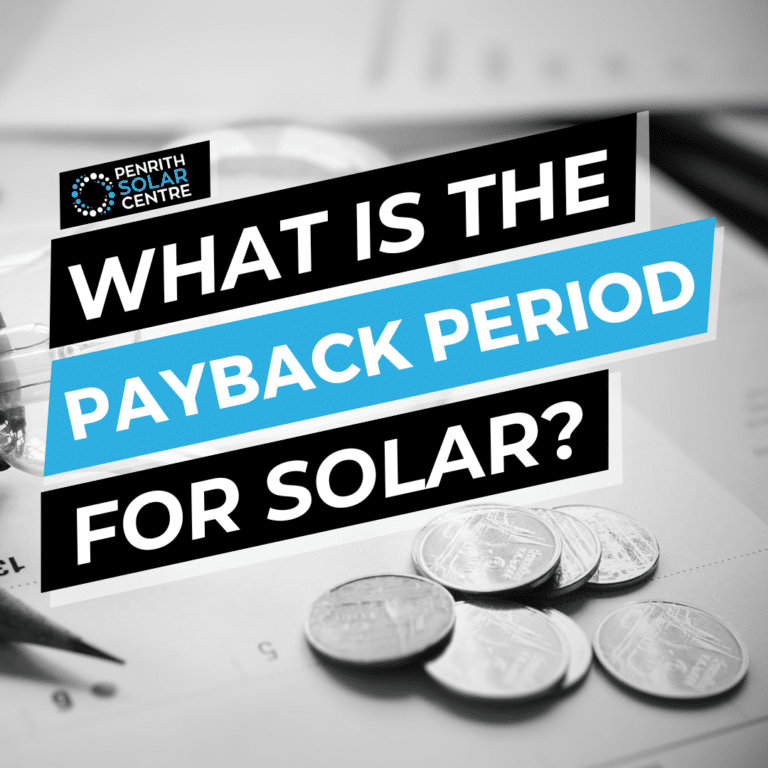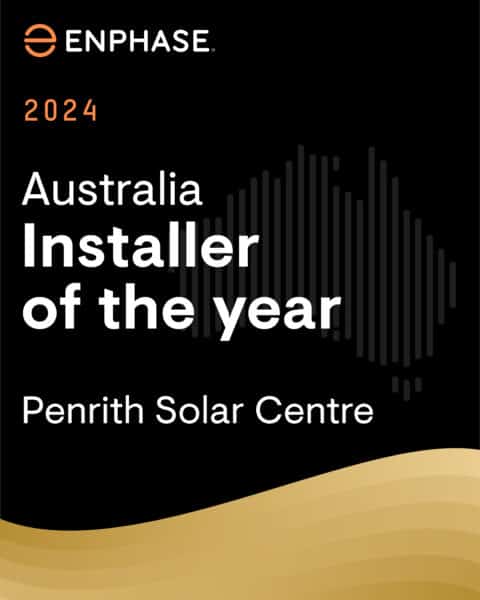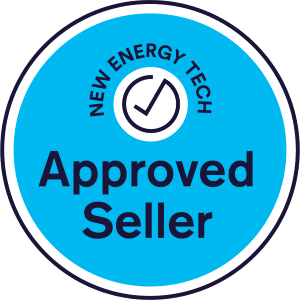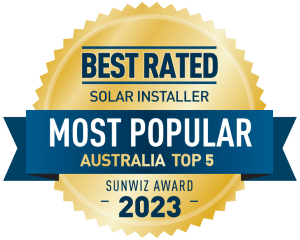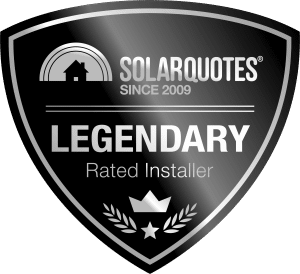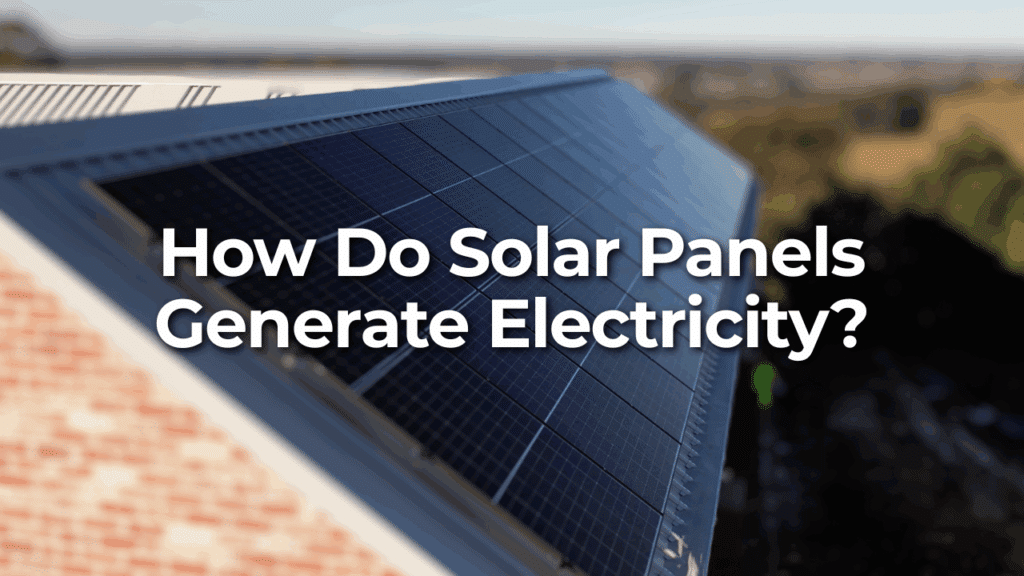
You’ve seen them on roofs. You’ve heard they turn sunlight into power. But you’re not sure how.
What’s happening inside those shiny panels? How does sunlight become electricity that runs your fridge or charges your phone?
You might feel like you missed something in school. Or maybe every time you’ve tried to Google it, the answers sounded more like a physics lecture than a clear explanation.
At PSC Energy, we recognise that many people are unfamiliar with how solar panels work, and we believe no one is taking the time to explain it clearly. Today we’re here as educators. We know the ins and outs of how solar panels work, after all. It’s kind of our thing.
In this article, you’ll learn the following:
- What Do Solar Panels Actually Do?
- What Happens When Sunlight Hits a Solar Panel?
- How Solar Electricity Gets into Your Home
- What Happens to Solar Panels When It’s Cloudy or Night-Time?
- Is Solar Power the Same as Grid Power?
- FAQ: How Do Solar Panels Generate Electricity?
By the end of this article, you’ll know exactly how solar panels turn sunlight into usable electricity. You’ll learn what happens when the sun hits a panel, how the power gets into your home, and what happens when it’s dark outside.
What Do Solar Panels Actually Do?
Solar panels take light from the sun and turn it into electricity that you can use in your home. That electricity can power your lights, appliances, phone chargers, and more.
When you connect your solar panels to the grid (which is the public power system), your home uses solar power during the day and switches to grid power when needed.
If your system includes batteries, it can also store extra electricity for later.
At the most basic level, a solar panel does one job: it changes sunlight into a flow of electric energy. That flow is called electric current.
You might not see the parts moving, but inside the panel, a lot is happening. Light comes in, energy gets released, and that energy becomes power you can use.
If you’re interested in learning more about solar systems, you might want to check out our introductory article titled, New to Solar: Start Here.
What Happens When Sunlight Hits a Solar Panel?
To understand how solar panels make electricity, you need to know what they’re made of and how those materials react to sunlight.
Each solar panel is made up of smaller units called solar cells. These cells are made from a material called silicon. Silicon is a natural element found in sand, and it’s good at letting electricity flow through it under the right conditions.
Inside each solar cell, there are two layers of silicon.
- One layer has been treated, so it has extra electrons (which are tiny particles that carry energy).
- The other layer has fewer electrons than it needs.
These two layers sit on top of each other, and between them, there’s a kind of built-in electric field.
When sunlight hits a solar cell, the light brings energy. That energy knocks electrons loose from the atoms in the silicon.
When that happens, the electric field between the two silicon layers pushes the loose electrons in a specific direction. This movement creates an electric current, which is the flow of electricity.
This process is called the photovoltaic effect. “Photo” means light, and “voltaic” means electricity. It’s just a fancy way of saying that light is being turned into electric power.
Each solar cell makes a small amount of electricity. But when you connect many cells in a panel, and many panels together on a roof, the system can produce enough power to run a home.
If you’re interested in learning a bit more about solar panels and energy systems, you might want to check out the following article titled, Are Solar Panels Worth It in NSW, Australia? A Price Breakdown for 2025.
How Solar Electricity Gets into Your Home
Once the solar panel creates electricity, that power needs to move into your home so you can use it. First, the electricity has to be transformed into usable energy.
The electricity that solar panels produce is called direct current (DC) electricity. This means the electric charge flows in one direction.
But most homes use alternating current (AC) electricity. In AC power, the electric charge switches directions many times per second. Your lights, fridge, and other devices are designed to run on AC power.
To fix this, your solar system includes a piece of equipment called an inverter. The inverter’s job is to change the DC electricity from your panels into AC electricity that your home can use.
After the inverter changes the electricity to AC, it travels through your home’s electrical panel. From there, it powers everything in your house, just like electricity from the grid would.
If your solar panels make more electricity than you use, the extra power can go to one of two places:
- It can be stored in solar batteries (if you have them) for later use.
- It can go back into the electric grid, where other people can use it. When this happens, you may get a credit from your utility company. This is called net metering.
If your panels don’t make enough electricity, for example, at night or on cloudy days, your home can still pull power from the grid, just like it usually would.
In a full solar setup, every part has a clear job:
- Panels collect sunlight and create DC electricity.
- The inverter changes the DC electricity into AC.
- The electrical panel sends the AC power to your home.
- Extra power goes to batteries or the grid.
It’s a smooth, constant process that happens every day when the sun is shining.
If you’re interested in learning a bit more about weighing the cost of solar against the cost of the grid, you might want to check out the following article titled, Cost of Solar Panels vs. Cost of Energy from the Grid.
What Happens to Solar Panels When It’s Cloudy or Night-Time?
Solar panels need sunlight to create electricity.
- On cloudy days, there is still some sunlight, but it’s weaker. Your panels will still produce power, just not as much as they would on a sunny day.
- On dark, stormy days, the output will be lower, but the system still works. It just works with less energy.
At night, solar panels do not produce electricity at all. There is no sunlight to trigger the photovoltaic effect. How does your home get power when the panels aren’t producing electricity?
There are two main options:
1. You stay connected to the grid: Most homes with solar panels still stay connected to the public power system. When your panels aren’t producing power, like at night, your home automatically switches to using electricity from the grid. You won’t notice the switch. Everything in your home keeps working as usual.
2. You use solar batteries: If you have batteries, your home can use that stored energy at night. This setup gives you more independence from the grid. It also helps during blackouts if the grid goes down.
You don’t have to choose just one. Some homes use solar during the day, store battery power in the evening, and use grid power as a backup. The mix depends on your energy needs, your system size, and whether you want complete independence or just lower energy bills.
If you want to learn a bit more about how your solar system will work in a blackout, you might want to check out the following article titled, Will Your Solar Panels Work During a Blackout?
Is Solar Power the Same as Grid Power?
Yes, solar power is the same kind of electricity you get from the grid once it goes through the inverter.
If you stay connected to the grid, your solar power and grid power blend together.
- Your home always uses solar energy first.
- If you need more power than your panels are making, your home will pull the extra from the grid.
- If you’re producing more than you use, that extra power can go back into the grid and earn you credit.
Some people wonder if solar power is “weaker” or “less reliable” than grid electricity. It’s not. The electricity itself is the same. The only limit is how much energy your panels can make, and how much sunlight they get.
If you’re interested in learning a bit more about how weather affects solar panels, you might want to check out the following article titled, How Does The Weather Affect Your Solar Panels?
Final Recap: How Solar Panels Generate Electricity
The electricity from your solar panels is just as strong and usable as the electricity you get from the grid. The main difference is where it comes from. With solar, you’re using energy from the sun instead of burning fossil fuels.
We hate burning fossil fuels at PSC Energy. It’s why we’re in the solar panel and battery business. Now you know what happens from the moment sunlight hits your roof to the second your lights turn on. Solar energy isn’t magic. It’s science, and now it’s yours to understand.

If you’re interested in learning a bit more about the process of choosing components for your solar system, you might want to check out the following article titled, How to Shop for a Solar System.
FAQ: How Do Solar Panels Generate Electricity?
What is the photovoltaic effect in solar panels?
The photovoltaic effect is the process that allows solar panels to convert sunlight into electricity. When sunlight hits the solar cells inside a panel, it knocks electrons loose in the silicon layers. These moving electrons create a flow of electricity. This is how solar panels generate power from sunlight.
Do solar panels work when it’s cloudy or raining?
Yes, solar panels still work when it’s cloudy or raining, but they produce less electricity. Sunlight can still pass through clouds, just not as strongly. On very overcast days, panels might generate only 10% to 25% of their expected output. They do not work at night, because there is no sunlight.
Can solar panels power a whole house?
Yes, solar panels can power a whole house if your system is large enough and gets enough sunlight. To run everything entirely on solar, your home might also need battery storage to supply electricity at night or during cloudy days. Most homes use a mix of solar power and grid electricity to ensure a steady supply.
How does solar power connect to my home’s electricity?
After solar panels create electricity, it flows to an inverter. The inverter changes the power from direct current (DC) to alternating current (AC), which is what your home uses. The AC electricity then travels through your home’s electrical panel and powers your lights, appliances, and other devices.
What happens to the extra solar energy my panels produce?
Extra solar electricity that your panels create can either be stored in batteries or sent back to the grid. If you’re connected to the grid and don’t have batteries, your excess power can earn feed-in tariffs through net metering.
Is solar electricity the same as electricity from the grid?
Yes, solar electricity is the same as grid electricity once it passes through the inverter. Your devices and appliances cannot tell the difference. The only thing that changes is the source of the power. With solar, the energy comes from the sun rather than a power plant.
Do I still need the grid if I have solar panels?
Most solar panel systems are connected to the grid. This gives you power at night or during cloudy days when your panels aren’t making enough electricity. If you add solar batteries, you can use stored energy instead. Some people go entirely off-grid, but most homeowners use a hybrid system.

